Photo / Video News & Reviews
Scubaverse Underwater Photographer Interview: Mario Vitalini
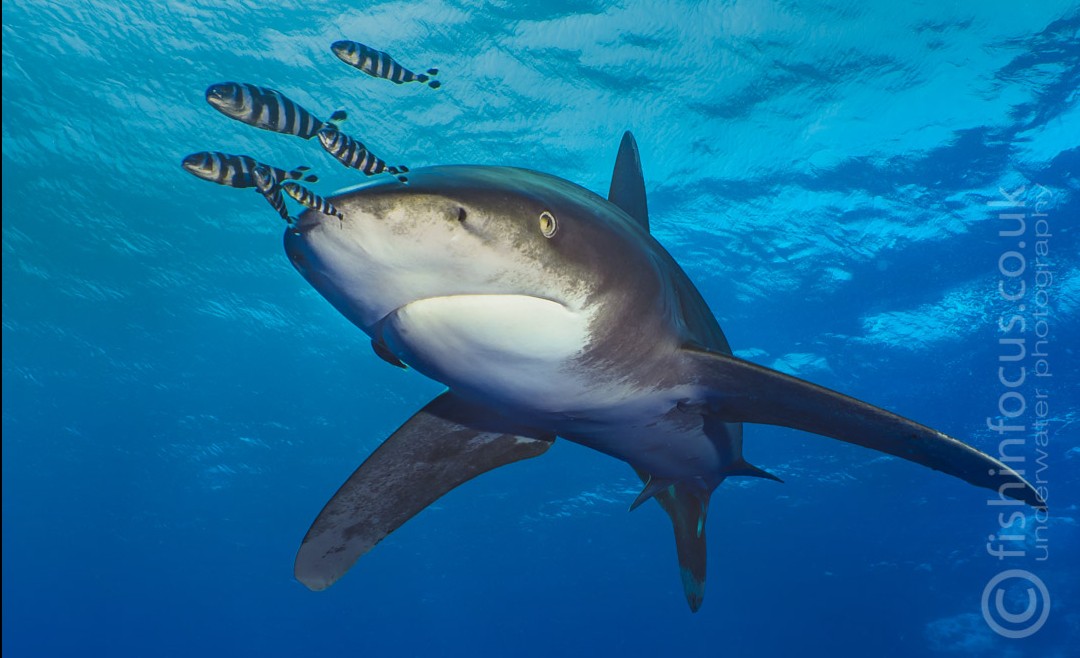
In an ongoing series, Scubaverse.com’s Underwater Photography Editors Nick and Caroline Robertson-Brown talk to underwater photographers from around the world that they admire.
This week’s interview is with UK-based tour operator Scuba Travel’s new resident underwater photo pro, Mario Vitalini.
[hr style=”single”]
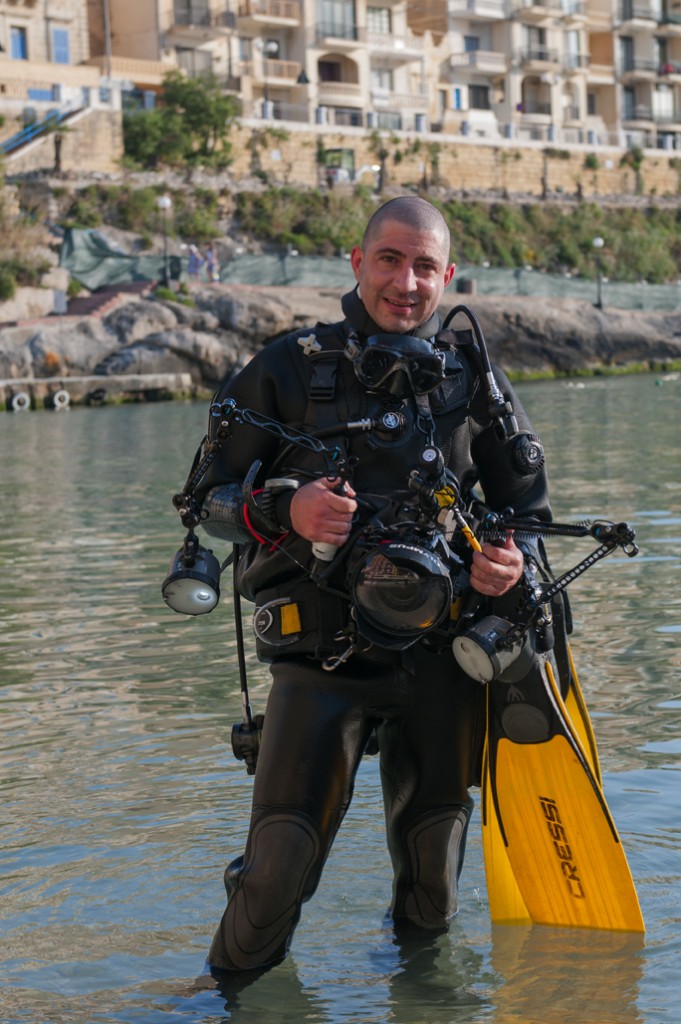 My name is Mario Vitalini, and photography is in my blood. I was born in Colombia some forty odd (cough) years ago. My father was a professional photographer and I grew up in his studio playing between tripods lights and large format cameras. I trained as graphic designer and worked as an art director for a few years, but the lure of the sea was too strong and I soon became a dive instructor and never looked back.
My name is Mario Vitalini, and photography is in my blood. I was born in Colombia some forty odd (cough) years ago. My father was a professional photographer and I grew up in his studio playing between tripods lights and large format cameras. I trained as graphic designer and worked as an art director for a few years, but the lure of the sea was too strong and I soon became a dive instructor and never looked back.
It was only a matter of time before I got hold of a Nikkonos camera and started taking photos underwater. As a dive instructor, I soon found myself working in Egypt where for some time I combined my job as a liveaboard guide with a video rig filming customers on the trips.
The passion for underwater photography was never far away and when together with my now wife we moved to the UK, and I found a job with one of the major underwater photography equipment retailers. This allowed me to get my hands on a huge range of equipment, which I tried on many trips, and helped pinpoint their strengths and weakness.
I left my job in retail some four years ago and started my own company teaching underwater photography on 1:1 basis to many enthusiastic divers. I decided to focus on 1:1 teaching as you get to see a real improvement in the students. There are no compromises as the course is totally focused on that individual. It’s really rewarding to see the speed at which people improve in a single day. Now I’m looking to take that ethos to a broader group. Think personalised content in a relaxed environment of fellow divers who are all looking to bring their own standard up.
[hr style=”single”]
N&C: How did your underwater photography start?
MV: Seeing my lifelong passion for photography combine with my then newfound passion of diving (somewhere in the 80s). My father gave me a second hand Nikkonos camera when I was a relatively new diver. I first used it on a trip to Cocos. Stan Waterman happened to be on that trip – wow, what an inspiration to follow your dreams. Without any formal training , the results were not very good back then, but that only inspired me to learn the differences between shooting on land and underwater.
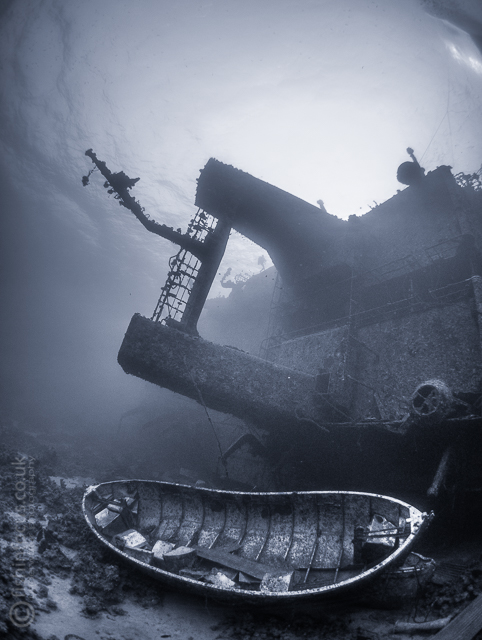
N&C: What is your favourite u/w camera equipment (past & present) & why?
MV: If we go back to film days, I have very good memories of my old Nikkonos 3. It’s simplicity and complete lack of electronics meant you had to learn to read the ambient light and to control your flashguns if you wanted to get any decent results. It also was in many ways flood resistant. If there was a leak, you just had to rinse it thoroughly and let it dry before loading another roll of film and carry on shooting.
Nowadays I’m a big fan of the mirrorless revolution. It’s exciting! These cameras are getting very close in image quality to what you can achieve with much, much more expensive, high end DSLR options. There are a few areas where there is still a noticeable difference but overall they are an excellent option. Low end and mid range DSLRs are like for like in terms of image quality. I currently use an Olympus OMD EM1 and love how practical it is to travel with a smaller, lighter set up.
N&C: What would be your advice to anyone new to underwater photography?
MV: There are a couple of things I would say to anyone looking to start to take pictures underwater. First of all, get your buoyancy spot on. When you are taking pictures underwater your focus is on the view finder, and you positioning should be second nature. Good buoyancy is the most important skill in underwater photography.
When it comes to choosing your kit, you should always ask yourself the question: Are you diving to take pictures or taking pictures while diving?
When you dive with a big photo set up (DSLR/Mirrorless, strobes, dome ports etc.) your get in the water to take pictures. If you enjoy diving and want to take pictures, a big system will only get in your way. You’ll save money in the long term by getting proper advice based on your personal goals.
Finally, remember that a great camera on land is not necessary a great camera underwater. The housing, accessories and ability to access functionality underwater all massively change the options. And few online review sites will cover these specific aspects.
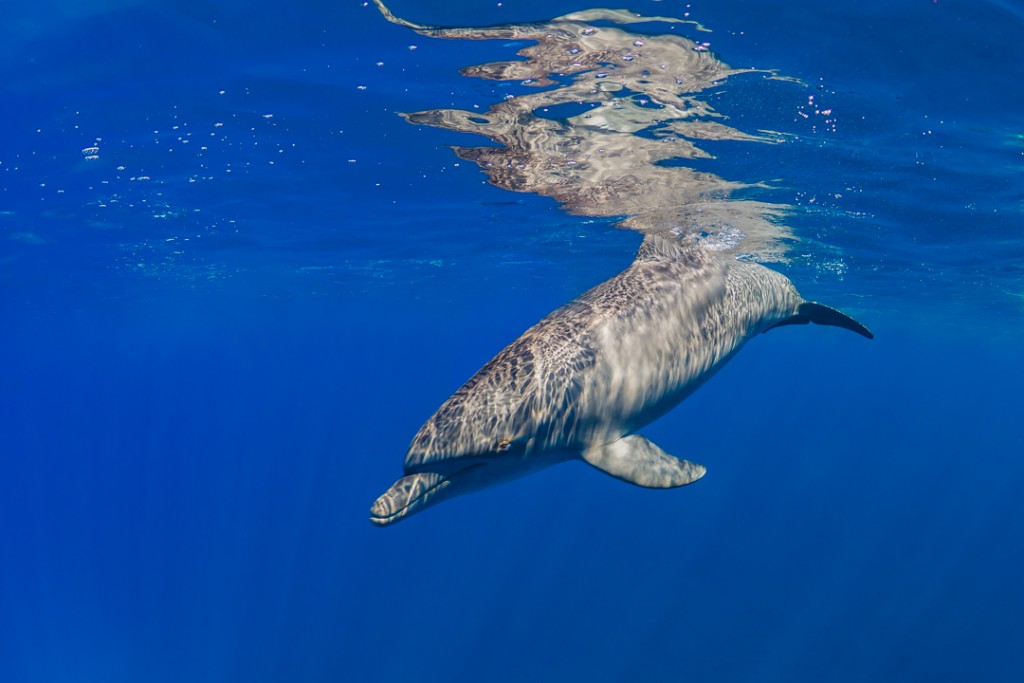
N&C: What, or who, has been your single biggest inspiration for your underwater photography?
MV: I grew up watching Jacques Cousteau documentaries and I would say he is responsible for my love for the sea. Combined with my upbringing in a photographic environment I think it was only a matter of time before I got involved in underwater photography. Today I love what Keri Wilk does with macro and Alex Mustard and David Doubilet are both incredible masters of managing lighting. The colours are spectacular as well as creative images.
N&C: What are your boundaries on post-editing image manipulation?
MV: I do not have any problems with post processing. For me photography is an art form and as such it should not be restricted. However, I try to always show a real representation of the environment I’m photographing. Sometimes a great shot is ruined by a small element in the wrong place and then I do not have a problem retouching it. But when it comes to competitions it’s worth checking the rules and sticking to them. Some of the images I’m proudest of, and that have also done well in competitions, have had tonal manipulations. I love playing with black and whites, monotones and desaturations. These enhance an atmosphere that was there in the shot at the time, rather than adding or removing anything artificial.
RAW files require some amount of post processing and I do not think it’s realistic to completely ban photo editing. Tonal corrections and white balance, contrast and general exposure are necessary to get the most out of your RAW images. BUT: you should always aim to start with the best possible image.

N&C: Where is your favourite dive location, and is it for the photography?
MV: I’ve been asked that question many times and I do not think I have a straight answer. I have been lucky to visit many destinations and each one has its own attraction, from the crazy macro encounters of Lembeh or Dumaguete, straight to the mind blowing diversity of Komodo or the sharks of Socorro and Palau. I grew up diving in the Caribbean and I will always have a soft spot for it.
If I have to choose a single destination it would probably be the Red Sea. Its not by chance I spent more than 5 years working as a dive guide there – I’ve dived it from north to south and every inch of it captivates me. There is always something special regardless of the season: great wrecks, beautiful reefs, pelagics and reef dwellers, generally good underwater conditions and great weather year around… what’s not to love? No surprise the Red Sea is one of the top destinations for divers from all over the world.
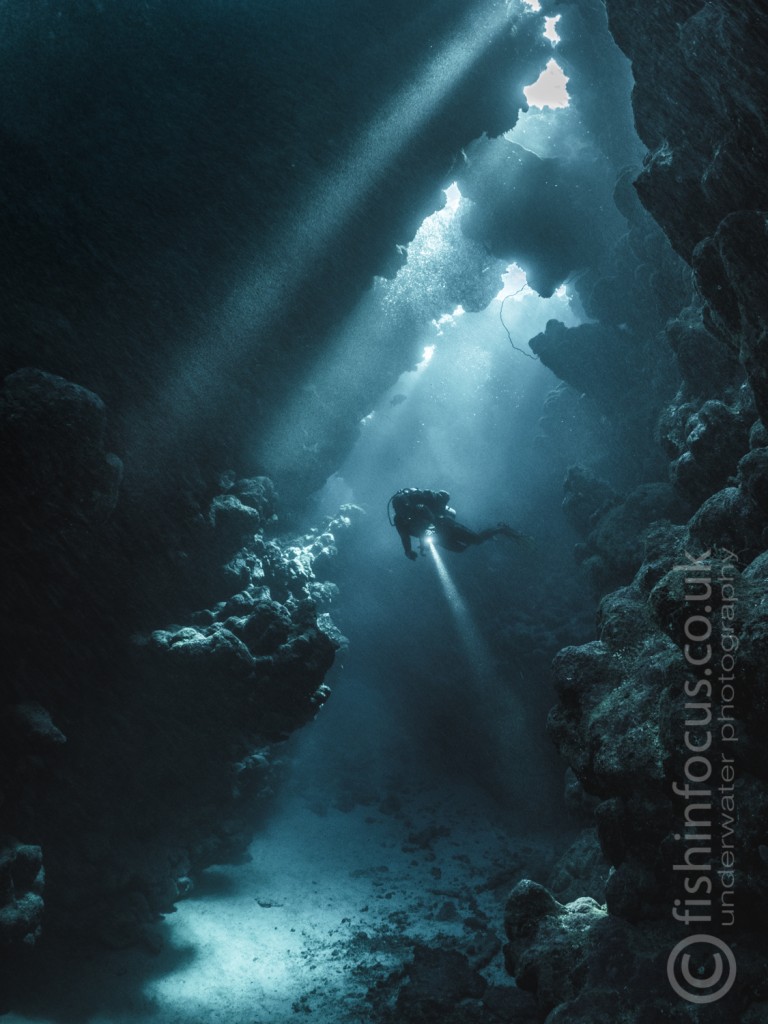
N&C: What are you views on marine life manipulation, moving subjects?
MV: In very simple terms, NOT ACCEPTABLE. This issue has been in the spotlight for some time now and unfortunately in many parts of the world it is something that often happens. As underwater photographers we have a responsibility to correct this bad behaviour. I have to mention good buoyancy comes hand in hand here; no photo is worth harassing marine life or destroying the environment. Simply put, don’t be one of “those” photographers or as it’s known in my house “a selfish twat”.
N&C: What do you look for when you are making your images?
MV: When I get underwater with my camera system I’m open to whatever I can find. There is always something interesting to photograph. When I find a subject I always take a few shots “for the record”, but afterwards I tend to put my camera down and look at the subject trying to find a different way to photograph it, using the environment to enhance it or lighting and different techniques to isolate it. Always look for a different and unusual take. We’ve all taken fish ID shots. There’s nothing wrong with getting a few of those in the bag, but then push yourself to go a step further. It takes time for sure. But with the right guides and buddy, it’s not about how much of a site you see, rather what you do with what you find.
N&C: What motivates you to take u/w photos?
MV: As scuba divers we encounter incredible creatures and fantastic places. Photographing the journey is a way to share my passion for the sea and its secrets. I’m as much in love with the sea in all its challenging and miraculous ways as I was as a 6 year old watching Cousteau in my parent’s living room in Colombia. I’ve just never seen it all – or enough!
N&C: If you could photograph any one thing/place what or where would that be?
MV: Instead of getting smaller, my wish list grows every day. If I had to pick a single subject it would be a blue whale. These magnificent animals are so impressive and very rarely photographed underwater. It would be an absolute dream to have the chance to photograph one. And if I had to pick a location it would be a close call between Galapagos and Silfra fissure. Damn… that’s two. Well, you get the idea. The list never gets shorter!
[hr style=”single”]
For more from Mario, visit www.fishinfocus.co.uk or www.facebook.com/fishinfocus.
To find out more about the liveaboard photo workshops that Mario runs for Scuba Travel click here.
Blogs
Jeff Goodman Launches Underwater Moviemaker Course with NovoScuba

Transform Your Dive Experiences into Cinematic Masterpieces
NovoScuba has partnered with acclaimed underwater filmmaker Jeff Goodman to introduce the Underwater Moviemaker Course—a revolutionary program designed to equip divers with the skills to capture the breathtaking beauty of the underwater world.
Whether you’re an aspiring filmmaker, an avid diver, or a photography enthusiast, this course offers the tools and expertise needed to create stunning underwater videos. From vibrant coral reefs to curious marine life, you’ll learn how to film, edit, and produce captivating underwater stories, all with expert guidance from a seasoned professional.
Jeff Goodman: A Legacy in Underwater Filmmaking
Jeff Goodman brings over 40 years of experience in underwater film production for television to this course. Reflecting on his career, Jeff said:
“Although technology has dramatically changed, the basics of underwater filming remain constant. This course covers crucial skills for producing great videos. Whether you’re creating professional broadcast films or high-quality hobby videos, the fundamental principles are the same.
A camera operator must master their equipment to capture those magical underwater moments effortlessly. But beyond technical know-how, underwater filmmaking is about having fun and enhancing your diving experiences. So, take your time, learn at your own pace, and enjoy this creative journey.”
About NovoScuba
Founded in 2023, NovoScuba is reshaping dive education with a comprehensive, digitally native platform. Offering cutting-edge training programs for divers at all levels, NovoScuba sets a new benchmark in the diving industry by combining innovation with accessibility.
With ISO-certified courses, a student subscription model, and multilingual support, NovoScuba ensures that dive education is inclusive and engaging. More than just a training provider, NovoScuba fosters a global community of divers committed to exploration, collaboration, and sustainability.
Join the NovoScuba Underwater Moviemaker Course Today!
Dive into the world of underwater filmmaking and start creating cinematic stories that inspire. Learn more about the course and enroll today at www.novoscuba.com/novoscuba-underwater-moviemaker-course.
EXCLUSIVE: Jeff Goodman interviews Mark Spiers, CEO of New Scuba Diving Training Agency NovoScuba
NovoScuba’s Game-Changing Approach for Dive Store Owners: WE PAY YOU!
The diving world thrives on passion and adventure, but for many dive store owners, the financial and operational challenges can be as deep as the ocean.
NovoScuba, an emerging force in the diving world, is on a mission to transform this landscape for the better. With a revolutionary approach to dive store and training agency partnerships, NovoScuba is setting new standards for how dive stores can thrive while keeping their focus on delivering exceptional diving experiences.

A New Paradigm: NovoScuba’s Bold Mission
NovoScuba’s mission is straightforward yet profound: to disrupt the traditional dynamics between dive store owners and training agencies. Traditionally, dive stores have been subjected to substantial fees charged by training agencies, for membership, materials and certifications. These costs have often placed a heavy financial burden on store owners, cutting into their profits and limiting their ability to offer competitive prices to customers.
NovoScuba flips the script by offering a model where dive stores earn money, instead of paying high fees. Dive stores receive commissions for every student they register, and their certification costs are covered. This new model not only boosts profitability but also ensures clients get top-quality training at unbeatable prices.
Financial Upsides: Earn From Student Registration
NovoScuba’s approach is simple yet revolutionary. Dive stores partnering with NovoScuba can earn commissions for every student they enroll.
Here’s how it works: For every student enrolled through NovoScuba, dive stores receive a commission. Each student enrolled will receive their e-learning materials and certification credit included in their subscription. This arrangement is a significant departure from the traditional model, where dive stores often struggle to manage high overhead costs related to training fees and certification expenses.

NovoScuba’s approach ensures that dive stores can focus on what they do best—providing top-notch diving experiences—without being bogged down by excessive financial burdens, and the need to carry large stocks of materials.
Quality Training at a Great Price
NovoScuba stands out by offering high-quality, ISO certified, training that doesn’t break the bank, in fact our students will pay less than with most competing agencies. Clients benefit from top-notch education and safety standards at competitive prices. Dive store owners can confidently promote NovoScuba’s programs, knowing they’re offering fantastic training at affordable rates. This balance of quality and affordability helps dive stores build a strong reputation and attract more customers.
Your Brand is Your Business: NovoScuba’s Commitment to Showcasing Your Identity
At NovoScuba, we understand that your brand is your most valuable asset, and we’re committed to putting it front and centre. Unlike agencies that charge high fees to promote their own brand, we believe in investing in yours. With NovoScuba, you won’t be paying to advertise someone else’s logo alone, — our focus is on showcasing your unique identity. Certifications prominently feature your brand, as well as the training agency, reinforcing your store’s image and brand every step of the way. We’re here to support and elevate your brand, ensuring that your investment directly benefits your business.
Affordable Membership: An Investment in Your Success
NovoScuba’s membership model is designed with dive store owners in mind. Membership fees are kept low and include annual Pro member fees for your team. Payment can be made monthly or annually in your local currency, avoiding the hassle of exchange rate fluctuations. NovoScuba promises no exchange rate changes without a six-month notice, ensuring financial stability and simplifying budgeting. With a membership lasting 12 months from date of joining, you’ll enjoy a full year of NovoScuba’s benefits and support.

Streamlined Operations: Simplifying Your Workload
Handling administrative tasks can be a challenge, but NovoScuba makes it easier. We’ve streamlined certification procedures and reduced paperwork to help dive stores operate more efficiently. Certification processing is quick and straightforward, allowing more focus on teaching and customer service. Our system minimises bureaucracy by storing necessary forms in student profiles, reducing paperwork and administrative delays.
Crossover Made Easy
For dive stores looking to transition to NovoScuba’s model, the crossover process is designed to be smooth and hassle-free. NovoScuba provides support to ensure that the transition is as seamless as possible, helping dive store owners integrate into the new system with minimal disruption. Experienced dive Pros don’t need to undergo extensive retraining. Our crossover is designed to familiarise Pros with NovoScuba’s user-friendly platform, standards and course structures, and not to waste time and expense re-training in water.
With just a few simple steps, you’ll be ready to offer top-notch training through NovoScuba.
Comprehensive Business Support and Training Included in Your Membership
NovoScuba goes beyond financial benefits by offering experienced support and training. This value added service includes:
- Business Training: Optimise your operations with guidance on marketing, customer service, and best practices.
- Marketing and Promotion: Access resources to attract new customers and boost your store’s visibility. Enjoy cross promotions with NovoScuba to gain increased exposure.
- Ongoing Support: NovoScuba’s commitment to its partners extends beyond initial training and setup. The company offers ongoing support to address any issues or questions that arise. This continuous support ensures that dive store owners have a reliable resource to turn to whenever they need assistance.

Embracing Digital Natives: Instant Evolution and Continuous Improvement
NovoScuba’s digital-native approach is a game-changer. Leveraging cutting-edge technology, we ensure our services evolve and improve swiftly. Dive stores benefit from instant updates, the latest features, enhancements, and effective solutions, keeping them ahead of the curve. This continuous improvement helps dive stores stay competitive and deliver exceptional services. Whether it’s a new course update, additional marketing resources, or improved e-learning functions, NovoScuba’s digital infrastructure ensures that dive stores are always equipped with the most current and effective solutions. This continuous evolution not only helps dive stores stay ahead in a competitive market but also ensures they consistently provide top-quality services to their clients.
Why Is NovoScuba Doing This? – Fair Profit Sharing for Greater Access and Growth
At NovoScuba, we’ve taken a bold step by paying commissions to stores rather than following the traditional model of training agencies charging high fees. Our mission is to make diving accessible to everyone and to foster a growing community of new divers and continued education. By redistributing profits more equitably between stores and training agencies, we aim to create a more supportive and collaborative environment within the industry. We believe this approach not only helps individual stores thrive but also stimulates overall growth and innovation in diving. Our commitment to fair profit sharing reflects our dedication to the long-term health and expansion of the diving community.

Everyone is getting a piece of the pie.
Getting Started: Join the NovoScuba Revolution
Ready to revolutionise your dive store experience? NovoScuba is here to support your journey toward reduced costs, increased profitability, and enhanced operational efficiency. Get in touch with our team to learn how NovoScuba can transform your business.
For more information, email info@novoscuba.com or visit www.novoscuba.academy.
Blogs
The Benefits of Underwater Photography Workshops

Are you just getting started out in underwater photography or are you a seasoned shooter who wants to take their images to the next level? Whatever you experience or ability, here’s an overview of underwater photography workshops.
What is an Underwater Photography Workshop?
The first thing to note is that this is not ‘school’! There are no compulsory classes and at workshops you are free to pick and choose what you take part in, or otherwise.
A huge part of learning and developing your skills is through experimentation, trial and error, responding to feedback, and honing your technique. Underwater photography workshops provide you with the perfect platform for practice and improvement.
There is no better alternative to hands on experience in an environment that is 100% dedicated to your development. Reading informative articles and watching videos on YouTube can never replace the value of one on one time with your camera rig, underwater!
Underwater photography workshops are generally structured around core components, namely: presentations, underwater practice, feedback and critique sessions, troubleshooting/one-on-one sessions, and technical support.
Other components of a workshop include dining, relaxing, and time for socializing too!

What Topics do Underwater Photography Workshops Cover?
Depending on the pro, the type of workshop and regional diving highlights, a wide range of topics may be covered from composition and lighting through to shooting techniques and editing.
Benefits of an Underwater Photography Workshop
- Improve Your underwater photography
- Learn from professionals
- Learn from other participants
- Expand your photography knowledge and understanding
- Try put new techniques
- Learn how to maximize your camera rig
- Phenomenal travel opportunities
- Memorable experience and new friendships

Underwater Photography Workshops in the Lembeh Strait, Indonesia
When it comes to underwater photography workshops that focus on shooting macro, muck diving, and unusual marine species, there can be no better destination on the planet than the Lembeh Strait.
The Critter Capital of the World, a Muck Diving Mecca, and the Twilight Zone are just a few of the names that have been given to this stretch of water over the years due to its high density, and diversity, of rare and unusual marine life.
Some of Lembeh’s most iconic species include the hairy frogfish, Pontohi pygmy seahorse, the Lembeh sea dragon, Mandarin fish, Bobbit worms, Rhinopias scorpionfish, flamboyant cuttlefish, tiger and harlequin shrimps, ornate ghost pipefish, harlequin crabs, and where do we start with octopus? Here’s just a few… wunderpus, mimic, blue ring, hairy, long arm, starry night, and coconut… and the list goes on!
Dive conditions in the Lembeh Strait can be extremely favourable for underwater photographers. There is little to no current making both moving around and remaining stationary a breeze. The comfortably warm water temperatures reduce the cold that can also set in when not on the move.
Lembeh Resort and Underwater Photography Workshops
Lembeh Resort not only offers luxury accommodation in the Lembeh Strait but it is also offers a complete suite of facilities for underwater photographers and enthusiasts. Here is a ‘snapshot’ of the camera and imaging services that are on offer at Lembeh Resort – inside and outside of underwater photography workshops:
Photography Facilities
Lembeh Resort offers a suite of facilities for underwater photographers, including:
- The only Backscatter Authorized Photo Center in Asia
- Photo Center offering camera, housing, lights and accessory rentals and purchases, onsite repairs, onsite 3D printing of small components, professional support and assistance, full workshop support
- Full time onsite Photo Pro
- Full time onsite Marine Biologists
- Marine biology and underwater photography trained Dive Guides
- Spacious camera room with individual work spaces, lights, and power points
- Varied diving options including single dives in the Lembeh Strait, two or three tank dive trips, day trips to Bangka, east coast Lembeh trips, blackwater, bonfire, night, and Mandarin fish dives.

Capturing Critters in Lembeh Underwater Photography Workshop 2025
The renowned Capturing Critters in Lembeh Underwater Photography Workshop is back in January 2025 for the 12th year running!! This unique workshop is hosted by not one but three worldclass photo professionals. The 2025 workshop features: Ron Watkins (USA), Paul Duxfield (UK), and Renee Capozzola (USA). The week-long workshop promises to be packed with incredible diving, Pro presentations, and one-on-one instruction and feedback.
2025 Workshop Schedule and Dates:
- Pre-Workshop: January 8th ––10th (time to relax and unwind after traveling and enjoy some of Lembeh’s famous dive sites.)
- Workshop: January 11th – 17th (Capturing Critters in Lembeh 12th Annual Workshop)
- Workshop Extension: January 18th – 19th (Additional Day Workshop Extension)
- Post-Workshop: January 20th – 21st (Stay additional nights and enjoy extra diving days or some time to relax and explore more of North Sulawesi)
Find Out More:
Meet the pros and find out more about the Capturing Critters in Lembeh 2025 underwater photography workshop, including prices and workshop inclusions, here:
If you are ready to book your place on the January 2025 Capturing Critters in Lembeh Underwater Photography Workshop – contact Lembeh Resort at: reservations@LembehResort.com.
-

 News2 months ago
News2 months agoIconic SS United States to become the World’s Largest Artificial Reef
-

 News3 months ago
News3 months agoBook Review – 52 Assignments: Underwater Photography
-

 Gear News3 months ago
Gear News3 months agoDYNAMICNORD – New German diving brand enters the British market
-

 News3 months ago
News3 months agoExploring Cenote El Pit: A Diver’s Dream
-

 Gear News3 months ago
Gear News3 months agoTry BARE drysuits (and maybe even win one!) this Friday with Sea & Sea at North West Dive Fest
-

 Marine Life & Conservation3 months ago
Marine Life & Conservation3 months agoBook Review: Coral Triangle Cameos
-

 Blogs2 months ago
Blogs2 months agoDive the Egyptian Red Sea this Autumn with Regaldive
-

 News3 months ago
News3 months ago2024 Ocean Art Underwater Photo Competition Announced















